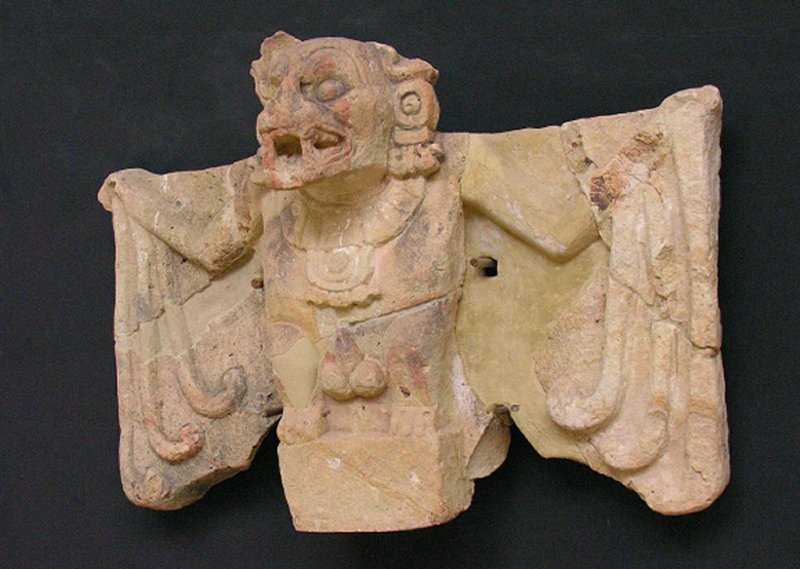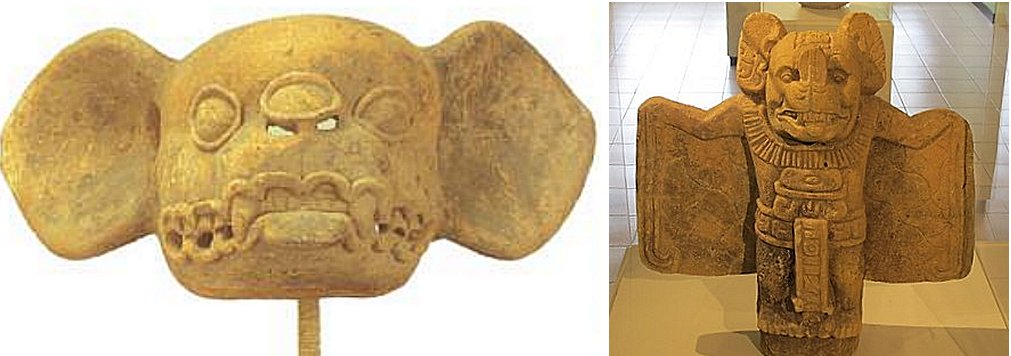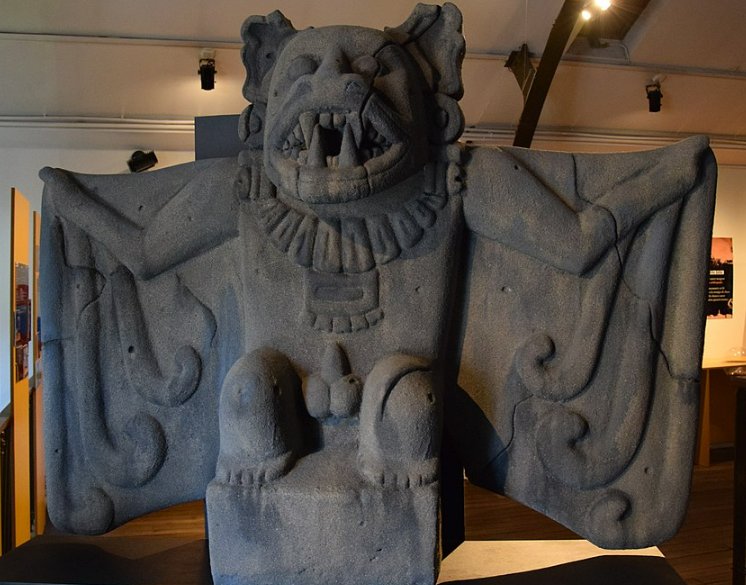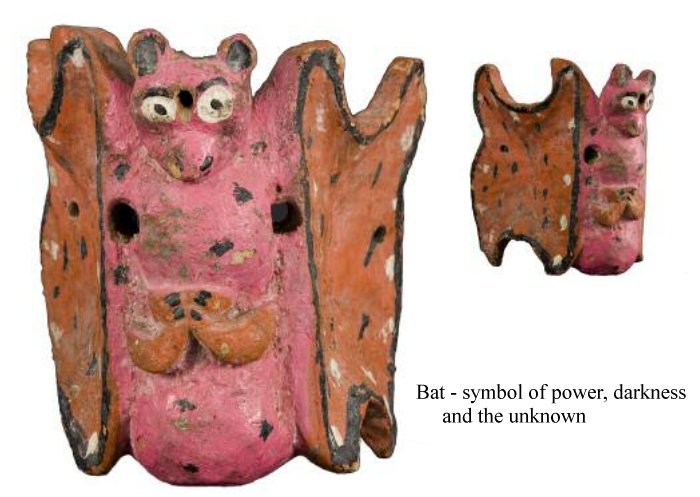Camazotz: ‘Death Bat’ Vampire God In Ancient Maya Beliefs
A. Sutherland - AncientPages.com - In ancient Maya beliefs, Camazotz (Camoazotz) was a vampire bat god. Camazotz means "death bat" in the Quiché Maya language. Chinese cultures see the bat as a good luck sign, and the Europeans fear it as evil.
Cama Zotz (Camazotz), Copán , Classic - Image credit: Dennis Jarvis - Honduras-0334 - CC BY-SA 2.0
Camazotz was often depicted holding his victim and a knife associated with night, death, and sacrifice. The Maya considered him a terrifying god who served death and ruled the domain of twilight.
He lived in bloody caves and other dark places that people tried to avoid for fear of disturbing him.
In the beginning, bats in pre-Columbian cultures were not associated with evil. They were believed to be powerful creatures, spirits, and even gods. For example, in the Tajin pre-Columbian stone sculptures of Veracruz, vampire bats are depicted as gods and are also mentioned in epic myths and the book of creation, "Popol Vuh."
Left: Mayan Bat Effigy; Right: Pre-Columbian Maya bat god sculpture in Museo Popol Vuh in Guatemala City. Image credit: Tracy Barnett - CC BY-SA 2.0
In one story, Camazotz, a "death bat," takes the head of one of the twin heroes, who entered his underworld domain, and this head is later used in the ritual ball game.
In most pre-Columbian codices, such as Codex Borgia, bats (having human form or personality) are depicted as involved in human sacrifice.
Among many beliefs of the Tzotzil Maya, an indigenous Maya people of the central Chiapas highlands in southern Mexico, there was one especially important because it explained the origin of these people. These Maya used to call themselves "Zotzil uinic," (batmen).
Their origin story claims that their ancestors had once discovered a stone bat and considered it their god.
Statue of the God Camazotz. Image credit: Chatsam - CC BY-SA 3.0
Mayans of Central America believed the bat was the guardian of the Underworld and a powerful force against enemies.
According to one myth, the Hero Twins were skillful ballplayers. One day the lords of Xibalba, the Maya death gods who ruled the Underworld in Quiche Maya mythology, organized a contest in the Underworld. They summoned all the best ballplayers, and the Hero Twins saw this as an excellent opportunity to avenge their father's death.
They successfully went through all the tests they were given. They survived in the House of Cold, escaped from the House of Jaguars, and passed unharmed through the House of Fire.
Their problem appeared in the House of Bats when one bat cut off the Hero Twin's head. The lords of Xibalba took the head to the ball court as a trophy, but the other twin luckily returned to rescue his brother's head.
Written by – A. Sutherland - AncientPages.com Senior Staff Writer
Updated on October 17, 2022
Copyright © AncientPages.com All rights reserved. This material may not be published, broadcast, rewritten or redistributed in whole or part without the express written permission of AncientPages.com
Expand for referencesReferences:
Read K. A. Mesoamerican Mythology A Guide to the Gods, Heroes, Rituals
Fischer-Hornung D. Mueller M. Vampires and Zombies: Transcultural Migrations and Transnational Interpretations
More From Ancient Pages
-
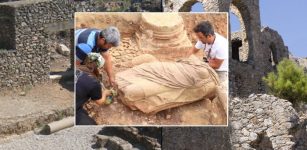 Roman-Era Female Statue Dated Back To 1,800 Years Ago Unearthed In Anemurium, Türkiye
Archaeology | Nov 14, 2023
Roman-Era Female Statue Dated Back To 1,800 Years Ago Unearthed In Anemurium, Türkiye
Archaeology | Nov 14, 2023 -
 ‘Nuraghi’ – Thousands Of Beehive-Like Towers Are Sardinia’s Greatest Mystery
Featured Stories | Jul 17, 2015
‘Nuraghi’ – Thousands Of Beehive-Like Towers Are Sardinia’s Greatest Mystery
Featured Stories | Jul 17, 2015 -
 26,000-Year-Old Footprints In Chauvet Cave: Oldest Evidence Of Human-Canine Relationship
Featured Stories | Dec 29, 2016
26,000-Year-Old Footprints In Chauvet Cave: Oldest Evidence Of Human-Canine Relationship
Featured Stories | Dec 29, 2016 -
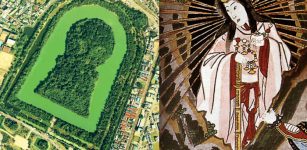 Mysterious Kofun – Ancient Japanese Tombs Were Aligned Towards The Rising Sun And Goddess Amaterasu – Satellite Images Reveal
Archaeology | Jan 20, 2022
Mysterious Kofun – Ancient Japanese Tombs Were Aligned Towards The Rising Sun And Goddess Amaterasu – Satellite Images Reveal
Archaeology | Jan 20, 2022 -
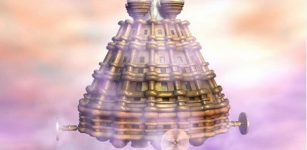 Advanced Flying Machines And Interplanetary Travel Described 7000 Years Ago In India
Civilizations | Aug 20, 2015
Advanced Flying Machines And Interplanetary Travel Described 7000 Years Ago In India
Civilizations | Aug 20, 2015 -
 Xiahou Dun ‘The One-Eyed’: Faithful Warrior, One Of Cao Cao’s Talented Officers
Featured Stories | Aug 14, 2019
Xiahou Dun ‘The One-Eyed’: Faithful Warrior, One Of Cao Cao’s Talented Officers
Featured Stories | Aug 14, 2019 -
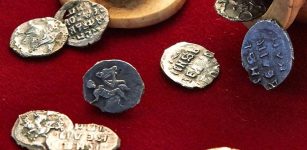 Silver Coins Hidden In Chess Figure Date Back To Ivan The Terrible’s Days – Discovery In Moscow
Archaeology | May 13, 2017
Silver Coins Hidden In Chess Figure Date Back To Ivan The Terrible’s Days – Discovery In Moscow
Archaeology | May 13, 2017 -
 Eastern Baltic’s Communities Of First Farmers And Hunter-Gatherers Merged Slowly
Archaeology | Dec 10, 2023
Eastern Baltic’s Communities Of First Farmers And Hunter-Gatherers Merged Slowly
Archaeology | Dec 10, 2023 -
 Silphium – Remarkable Ancient Herb That Mysteriously Vanished
Ancient Traditions And Customs | Jul 10, 2021
Silphium – Remarkable Ancient Herb That Mysteriously Vanished
Ancient Traditions And Customs | Jul 10, 2021 -
 12 Ancient Myths, Legends And Biblical Stories Confirmed By Modern Science
Featured Stories | Apr 22, 2017
12 Ancient Myths, Legends And Biblical Stories Confirmed By Modern Science
Featured Stories | Apr 22, 2017 -
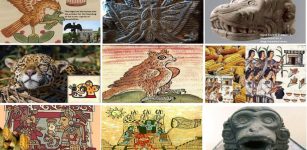 10 Aztec Symbols Explained
Ancient Symbols | Mar 20, 2018
10 Aztec Symbols Explained
Ancient Symbols | Mar 20, 2018 -
 Kussara – Ancient Lost City Of The Old Hittite Kingdom
Featured Stories | Jul 7, 2021
Kussara – Ancient Lost City Of The Old Hittite Kingdom
Featured Stories | Jul 7, 2021 -
 Why Did Vikings Hide A Precious Silver Treasure Under The Thralls’ House?
Archaeology | Sep 18, 2024
Why Did Vikings Hide A Precious Silver Treasure Under The Thralls’ House?
Archaeology | Sep 18, 2024 -
 2,000-Year-Old Altar Depicting Snake Figure Unearthed In Lycian City Of Patara
Archaeology | Oct 20, 2020
2,000-Year-Old Altar Depicting Snake Figure Unearthed In Lycian City Of Patara
Archaeology | Oct 20, 2020 -
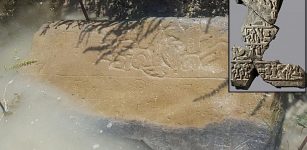 Lost City That May Have Defeated King Midas’ Kingdom Phrygia – Found Accidentally
Archaeology | Feb 23, 2020
Lost City That May Have Defeated King Midas’ Kingdom Phrygia – Found Accidentally
Archaeology | Feb 23, 2020 -
 Forbidden Ancient Manuscripts Almost Erased From History – Secret Teachings Of Mysterious Founder – Part 1
Ancient Mysteries | May 10, 2018
Forbidden Ancient Manuscripts Almost Erased From History – Secret Teachings Of Mysterious Founder – Part 1
Ancient Mysteries | May 10, 2018 -
 Gonzalo Guerrero – The Renegade Who Joined The Maya Against His Own People
Featured Stories | Feb 27, 2020
Gonzalo Guerrero – The Renegade Who Joined The Maya Against His Own People
Featured Stories | Feb 27, 2020 -
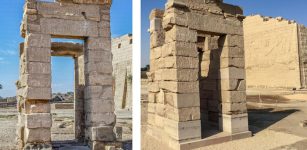 Ancient Egyptian Monuments Threatened By Climate Change Restored By Oriental Institute
News | Mar 9, 2023
Ancient Egyptian Monuments Threatened By Climate Change Restored By Oriental Institute
News | Mar 9, 2023 -
 Huge Rare Runestone Found Under The Kitchen Floor In Randers Investigated
Archaeology | Jun 8, 2023
Huge Rare Runestone Found Under The Kitchen Floor In Randers Investigated
Archaeology | Jun 8, 2023 -
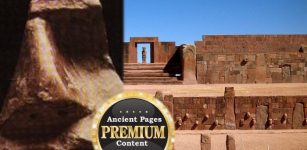 Mysterious Tiahuanaco Empire Established By The Sons Of The Sun – An Unknown Chapter Of Prehistory
Ancient Mysteries | Oct 30, 2018
Mysterious Tiahuanaco Empire Established By The Sons Of The Sun – An Unknown Chapter Of Prehistory
Ancient Mysteries | Oct 30, 2018

